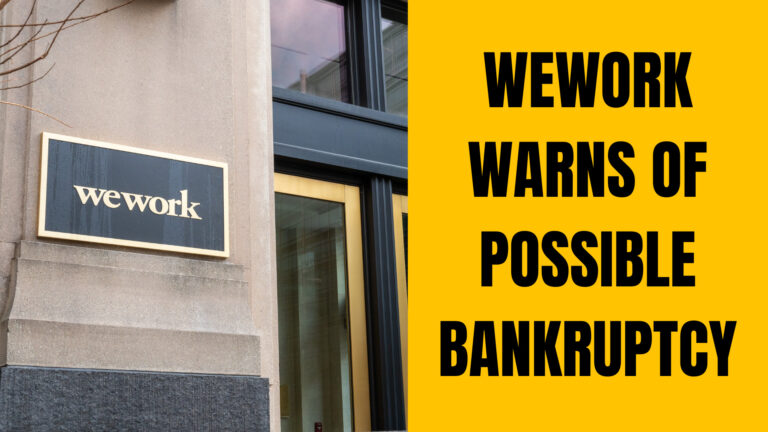Warm Up
—- **FOR NEW STUDENTS**————————————————
- What industry do you work in and what is your role?
- What are your responsibilities in your role/position?
- Can you describe to me the function of your workplace/company?
- How many departments, how many offices. National or International?
- What is the Minimum requirements for employment i.e Education or Experience?
- How many opportunities are there to ‘move up the ladder’?
- What is the process for changing job roles i.e Interview? Test?
——————————————————————————————
General discussion about your workweek:
- Current projects? Deadlines? Opportunities?
- Anything of interest happening?
——————————————————————————————-
Listening
Before the video: Teachers will read the following questions aloud, please prepare for listening!
After the video: Did you get it? If not, please tell your teacher specifically which part you didn’t understand. Let’s review the video again 🙂
- What do red oceans represent?
- When do most blue oceans emerge?
- What is value innovation?
Key Words and Phrases
- In 1984, Guy Laliberte cofounded Cirque du Soleil. Soon, Cirque was bringing in revenues that incumbents like Ringling Brothers had taken more than a century to attain — even though the circus business was in long-term decline.
- How did Cirque thrive in such a dismal environment? The answer can be found in the theory that the business universe consists of two kinds of markets: red oceans and blue oceans, a concept pioneered by INSEAD professors W. Chan Kim and Renee Mauborgne.
- Red oceans represent existing industries and markets, where industry boundaries and the rules of competition are well-defined. Companies strive to outperform rivals and grab a bigger share of existing demand. As the space gets crowded, fierce competition turns the water bloody. Competitive or market-competing strategy is about how to occupy red oceans.
- By contrast, blue ocean or market-creating strategy, is about how to create and capture unknown markets where demand is created rather than fought over. In some cases, this spawns entirely new industries. But most blue oceans emerge when a company alters the boundaries of an existing industry, as when Cirque du Soleil blurred the line between circus and theatre.
- Cirque made the acts more artistic and sophisticated, attracting a whole new group of customers — adults who were prepared to pay premium ticket prices as they would for theatre or the opera. Cirque also eliminated several elements of the traditional circus like costly animal acts and star performers.
- Cirque invented a new and profitable market space without making the typical tradeoff between value and cost. Cirque pursued both differentiation and low cost, in what Kim and Mauborgne call “value innovation.” The simultaneous pursuit of value and cost is the logic of a blue ocean strategy.
- Based on their study of more than thirty industries, companies that can create blue oceans usually reap the benefits for 10 to 15 years because they are hard for rivals to copy. To realize blue ocean potential like Cirque did, companies should chart a strategic course past traditional industry boundaries to create new market space.
Discussion
- Which of the two markets mentioned do you believe best describes your workplace? Fierce competition or new market space? How red is the water?
- In what ways could the product or service that you/ or your company provide be differentiated to emerge in a blue ocean market? How difficult would this be? what could be the potential pros and cons of such a strategy?
- In what ways could a product or service that you use differentiate to its advantage?
- Let’s discuss some more businesses that have shifted into a blue ocean strategy? what did they change?
key words and phrases
- incumbent 1. necessary for someone as a responsibility. (adj.) 2. the holder of an office or post. (noun)
- century, decade, millennium, aeon, epoch/era.
- attain / achieve
- thrive / succeed / prosper / flourish
- dismal = disgracefully bad / depressed mood
- business universe = a particular sphere of activity or experience
- INSEAD = Institut Européen d’Administration des Affaires. One of the worlds leading business schools for MBA , Finance and Management PHD
- strive 1. struggle or fight vigorously ( using strength and effort ) 2. make great efforts to achieve something
- rival = a competitor/ challenger / opponent. “he was a photographer whose fame rivalled that of his subjects” = matched/ equal to
- fierce = intense and aggressive
- contrast / differentiation = being stirringly different to something in close association
- spawns = create, produce or generate a large number of. (derogatory word for someones child)
- alter / change / adjust
- blurred the lines – difficult to make a difference/distinction. become more similar, so that you are no longer sure that they are clearly different “The advert blurred the line between art and advertising”
- sophisticated
- 1. for a person = worldly experience and knowledge particularly of culture.
- 2. not a person = machine, system, or technique etc, = developed to a high degree of complexity. / advanced
- simultaneous / concurrently = at the same time
- reap / harvest = receive something good because of hard work
- reap what you sow = means that the consequences of already bad actions will be even worse. (you eventually have to face up to the consequences of your actions.)
- realise/reach the potential (my / their / it’s) = become the best it/you/they can be
- chart a course = To chart one’s own course, is to choose an independent path (chart = map, course = direction) Nautical term / maritime navigation phrase
00:35 and Renee Mauborgne.
00:42 are well-defined.
01:34 performers.
Listening Answers
1. existing industries and markets, where industry boundaries and the rules of competition are well-defined
2. when a company alters the boundaries of an existing industry,
3. pursuing both differentiation and low cost / The simultaneous pursuit of value and cost.



